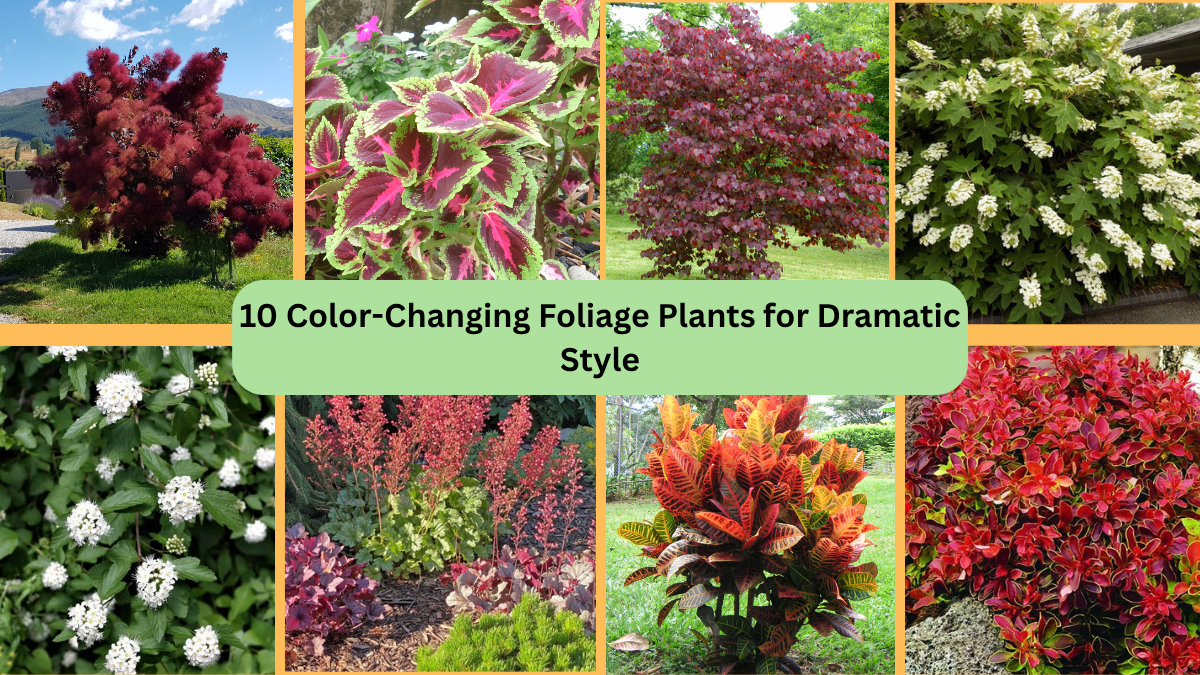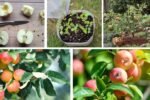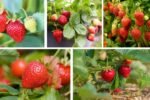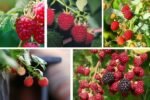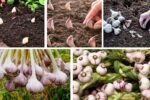Why settle for greenery that stays the same year-round when you can fill your garden or home with foliage that transforms with the seasons? Color-changing foliage plants bring stunning drama to your landscape and interiors by shifting hues throughout the year — from fiery reds and deep purples to bright golds and soft pastels. These dynamic plants don’t just offer beautiful leaves, they create a living masterpiece that evolves with time. Here are 10 captivating color-changing foliage plants to give your space unforgettable, ever-shifting style.
1. Japanese Maple (Acer palmatum)
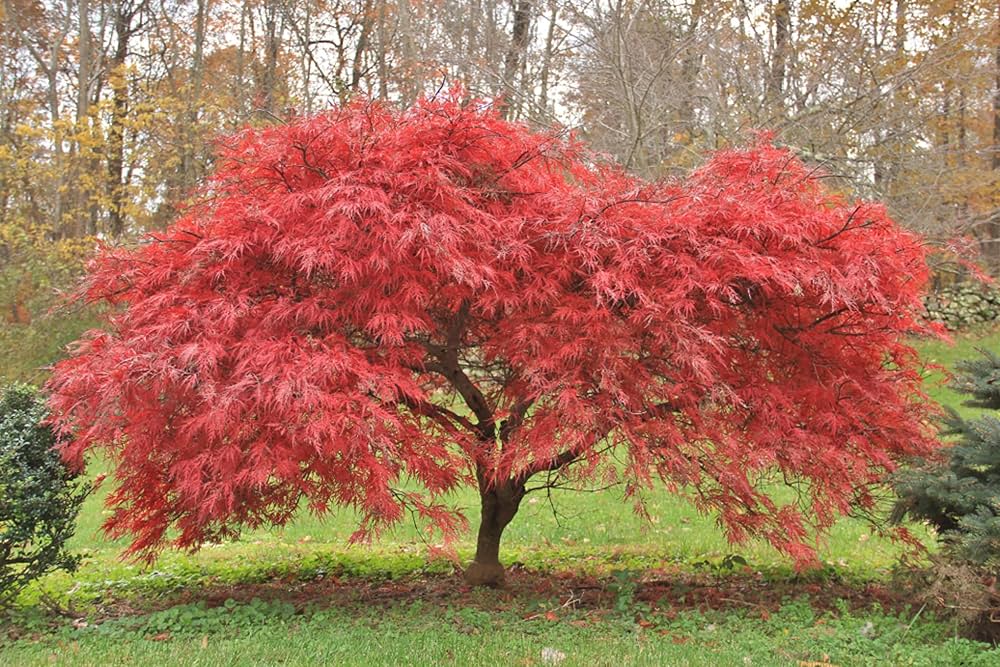
Japanese Maple is one of the most beloved trees for color-changing foliage. Its finely cut, delicate leaves start off as soft green, golden, or deep burgundy in spring and summer, then turn spectacular shades of red, orange, and crimson in autumn. Different varieties offer unique seasonal color shifts, making it a stunning focal point for gardens or patios. Preferring partial shade and well-drained soil, this tree is also suitable for large containers. Its graceful form and vibrant hues add elegance and drama year-round.
2. Smoke Bush (Cotinus coggygria)

Smoke Bush is a show-stopper with its rich, deep purple or green foliage that transforms into blazing shades of orange, scarlet, and yellow in fall. In summer, the plant produces airy, smoke-like flower plumes, giving it a soft, ethereal look. Varieties like ‘Royal Purple’ and ‘Grace’ are particularly known for their dramatic leaf color. It thrives in full sun and well-drained soil, making it a bold addition to any border or as a stand-alone feature. Its multi-season interest and low-maintenance nature are a bonus.
3. Coleus (Plectranthus scutellarioides)
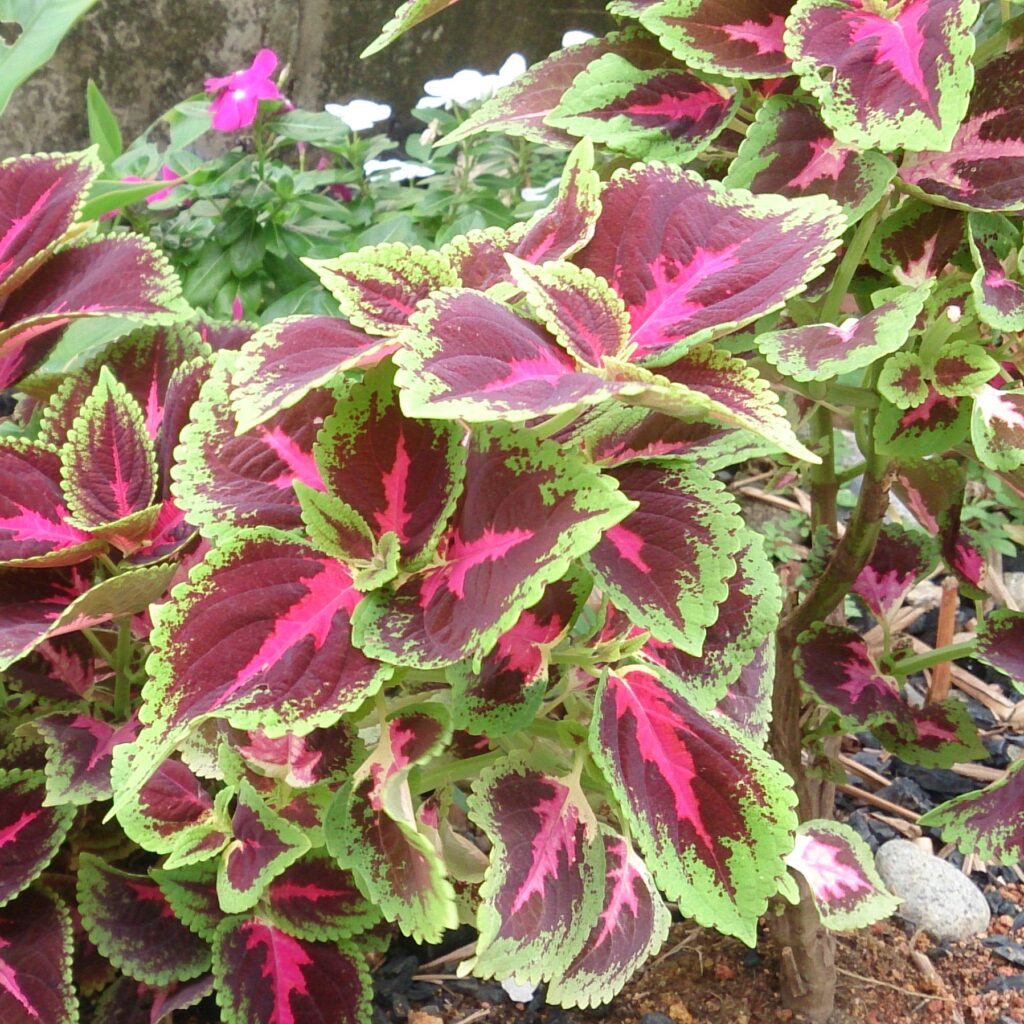
Coleus is a favorite for container gardens and borders, boasting foliage in dazzling combinations of pink, burgundy, lime green, yellow, and deep purple. Many varieties shift colors depending on the light and temperature, creating ever-changing displays. In shadier areas, the colors may soften, while full sun brings out bolder hues. Easy to grow both indoors and outdoors, Coleus thrives in well-drained soil with regular moisture. Pinching back the tips encourages bushier growth and more vibrant, varied leaf displays.
4. Ninebark (Physocarpus opulifolius)

Ninebark is a hardy shrub known for its richly colored foliage that changes beautifully through the seasons. Varieties like ‘Diablo’ feature deep burgundy leaves in spring and summer that turn brilliant shades of red and purple in fall. The plant also produces clusters of tiny, white to pink flowers and peeling bark, adding year-round interest. Perfect for borders and hedges, Ninebark is tough, low-maintenance, and adaptable to different soil types, making it ideal for dramatic, multi-season color.
5. Coral Bells (Heuchera)
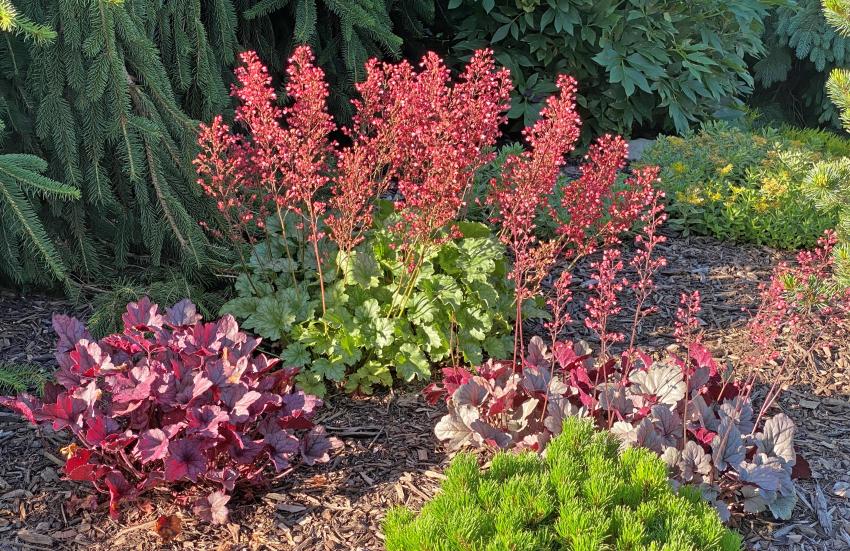
Coral Bells are treasured for their ornamental foliage that comes in a range of colors — from lime green and peach to deep burgundy and near-black. Some varieties, like ‘Caramel’ and ‘Palace Purple,’ shift hues throughout the growing season, with new growth emerging in different shades than older leaves. Their delicate, bell-shaped flowers add extra charm in summer. Thriving in partial shade and well-drained soil, Coral Bells are perfect for borders, rock gardens, and container displays, offering a pop of shifting color.
6. Croton (Codiaeum variegatum)
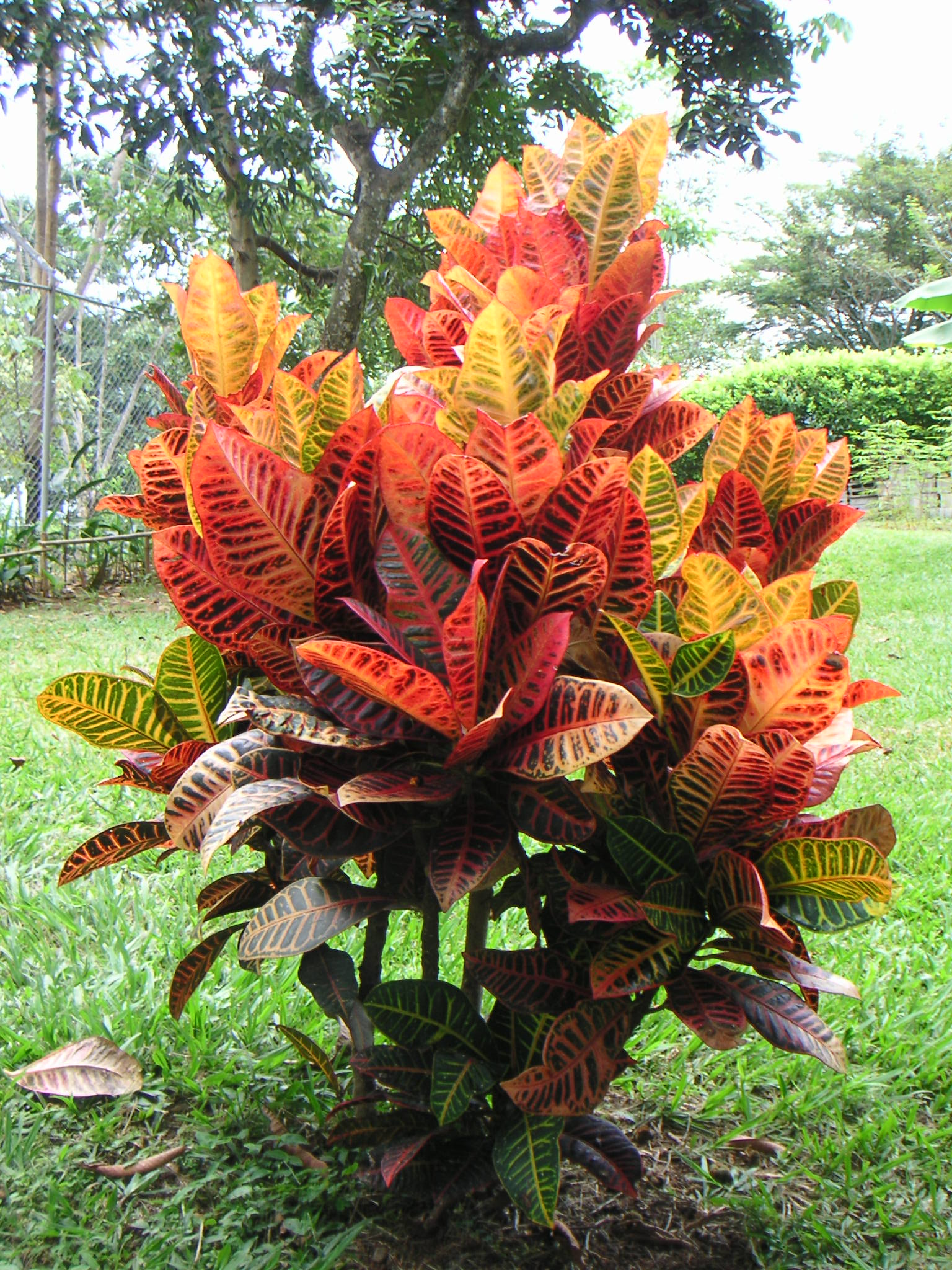
For a splash of tropical drama indoors or on patios, Croton plants are unbeatable. Their glossy leaves flaunt a riot of color — green, yellow, orange, red, and purple — often changing depending on light and temperature. New leaves might start green, gradually gaining streaks or spots of brighter hues as they mature. Crotons thrive in bright, indirect sunlight and prefer evenly moist soil. Their bold, variegated foliage makes them a standout feature in any collection of houseplants or warm-climate gardens.
7. Witch Hazel (Hamamelis)
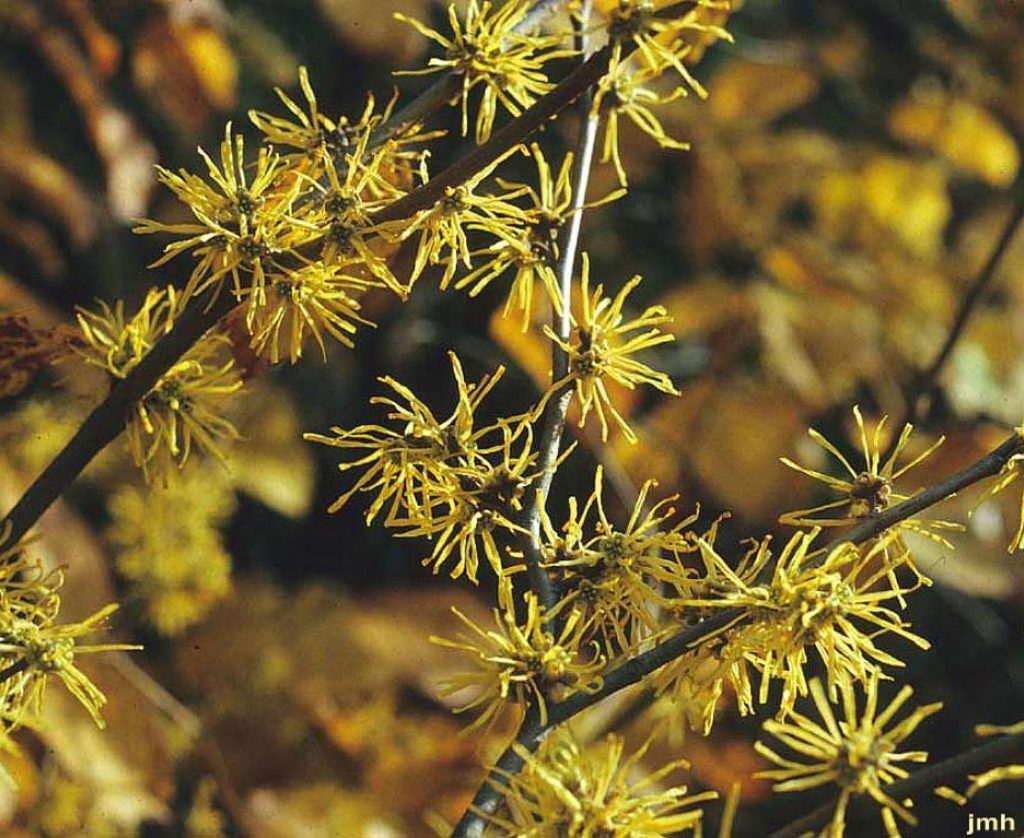
Known for its fragrant, ribbon-like winter flowers, Witch Hazel also impresses with foliage that changes beautifully through the seasons. Its oval leaves emerge bright green in spring and gradually transform into shades of yellow, orange, and scarlet come fall. Witch Hazel prefers full sun to partial shade and moist, well-drained soil. It’s an excellent choice for woodland gardens or mixed borders, offering color and interest at a time when most plants are winding down for the season.
8. Red-Leafed Barberry (Berberis thunbergii ‘Atropurpurea’)

This tough, adaptable shrub boasts deep red to purple foliage that intensifies through the growing season, turning vivid shades of crimson and scarlet in autumn. Red-Leafed Barberry also produces small, yellow flowers in spring and bright red berries in fall, providing multi-season interest. Thriving in full sun and well-drained soil, it’s ideal for hedging, borders, or as a stand-alone feature. Its bold color and spiny branches also make it useful for creating privacy and deterring unwanted visitors.
9. Oakleaf Hydrangea (Hydrangea quercifolia)
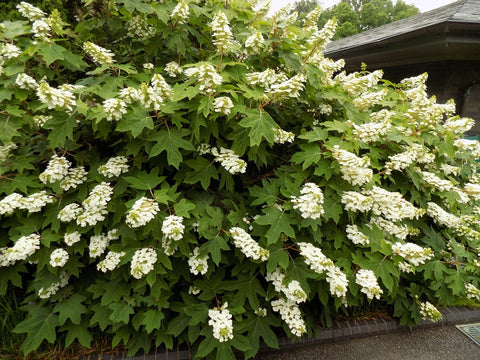
Not only does Oakleaf Hydrangea offer large, cone-shaped flower clusters, but its distinctive, lobed leaves deliver dramatic color changes. In spring and summer, the foliage is deep green, shifting to rich shades of red, burgundy, and purple in fall. Varieties like ‘Snow Queen’ and ‘Ruby Slippers’ are particularly known for their autumn brilliance. Oakleaf Hydrangea thrives in partial shade and well-drained soil, making it a stunning choice for mixed borders and woodland gardens.
10. Forest Pansy Redbud (Cercis canadensis ‘Forest Pansy’)
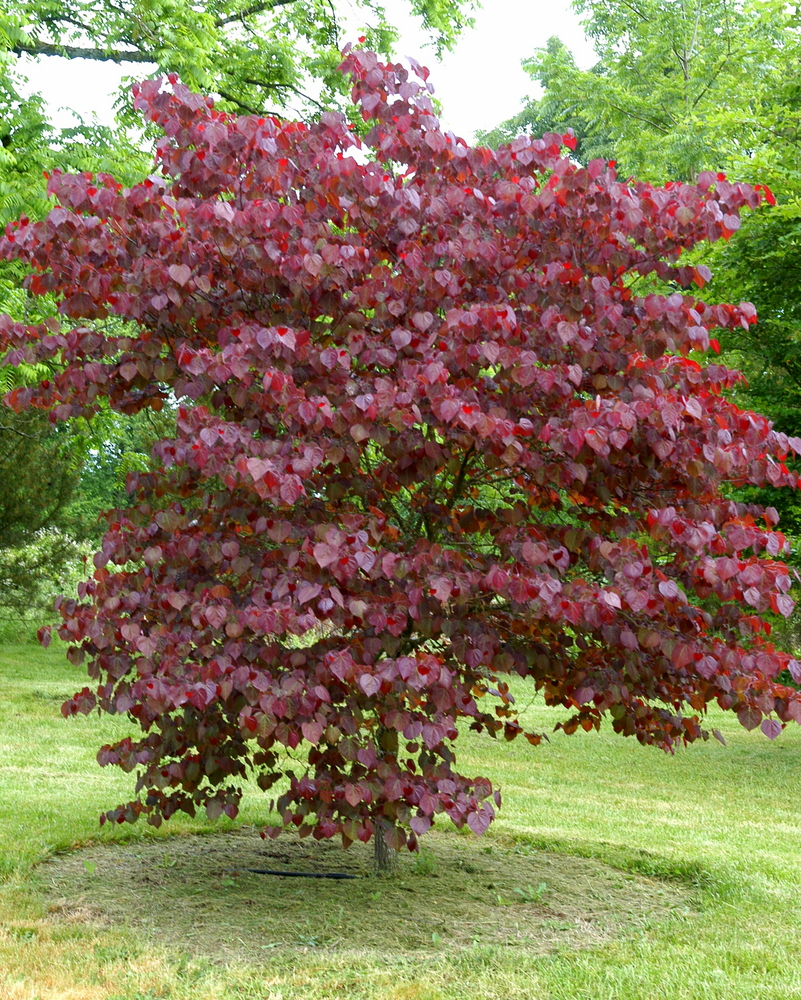
This ornamental tree features heart-shaped leaves that emerge deep maroon in spring, darken to purple in summer, and transition to fiery shades of red, orange, and gold in fall. Forest Pansy Redbud also produces vibrant pink flowers along bare branches in early spring, adding an extra burst of color before the leaves appear. Preferring full sun to partial shade and moist, well-drained soil, it makes a striking statement in small gardens and landscapes with its multi-season spectacle.
